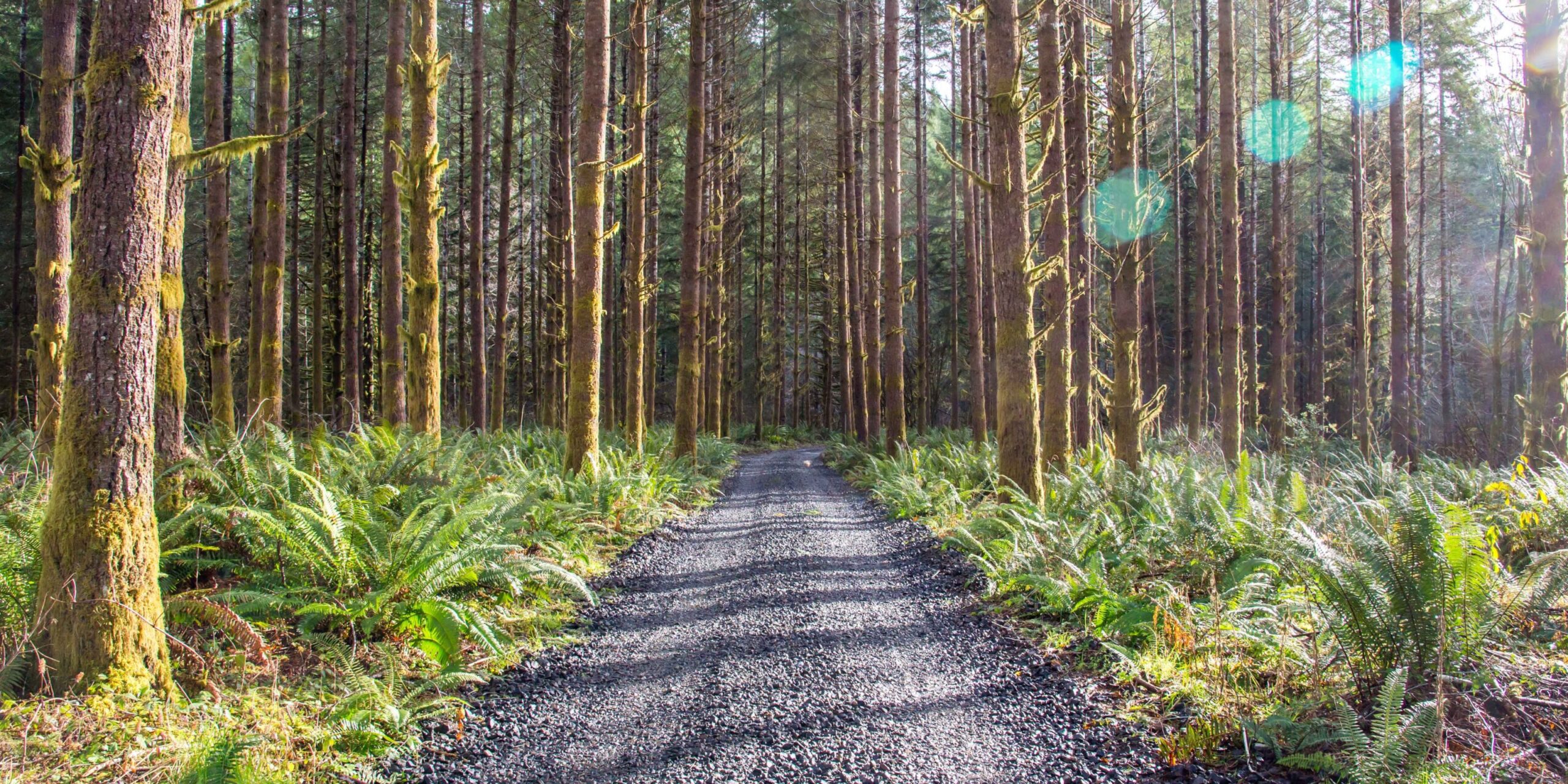
Work. Play. Renew.
What Kind of Fire Prevention Happens in Winter?
Summer—when it’s hot and dry—is the time when the risk of wildfires is greater. While it’s true that this is when fires are more likely to occur, the reality is that the risk factors that eventually lead to them are created and exacerbated all year.
Oregon Forests Forever is devoted to the management and protection of the important natural resources forests provide. The campaign is made up of a coalition of businesses and individuals who share that goal. Among these individuals are Oregon fire prevention experts who believe that many of the most important actions to prevent the spread of wildfires should actually be taken during the wintertime.
Below, we share some wildfire prevention strategies that can be implemented during the colder winter months to reduce the likelihood of fires:
Are Fires Always Bad?
Please note that while wildfire prevention is a major goal of a well-formulated forest management strategy, this goal doesn’t necessarily mean reducing all instances of fire in a forested area. In fact, fire is a necessary part of the life cycle of the forests in Oregon. Fires are one of the ways in which nutrients that have been trapped in dead and decaying plant matter are returned to the soil. In this way, fires clear away layers of old growth to make way for the new while also providing it with newly enriched, healthy soil.
While fires themselves aren’t bad for forests, problems occur when they spread out of control. Wildfires have the potential to lay waste to previously healthy areas of forest and even put human habitations at risk. This is why Oregon fire prevention strategies involve understanding the risk factors that may lead to uncontrolled wildfires.
Factors That Influence Wildfire Risk
As mentioned above, wildfire risk is much higher during the summer as a direct result of the hot and dry conditions during that time of year. However, there are many other variables at play that can increase or decrease the risk of a wildfire. Some of these can be controlled through careful forest management while others cannot. Among them are:
Wind
Wind is a major risk factor when it comes to the spread of wildfires. Even a relatively gentle breeze can carry burning embers over long distances, allowing them to land on piles of brush, debris and other potential fuel sources. The risk to human habitation cannot be ignored, either. Wind also has the potential to provide additional oxygen to both flames and embers, prolonging and exacerbating the conditions that create wildfires.
Drought
While hot weather tends to dry out wood and other potential fuel sources for wildfire, the reality is that drought can occur at any time throughout the year. The lack of moisture present in the leaves and branches of the local plant life can cause a much higher risk of burning.
Brush and Debris
Dried-out plant matter is usually the biggest fuel source for wildfires. Over the course of many years, it tends to accumulate on the forest floor. As mentioned above, an occasional fire is necessary to return nutrients from this dead plant matter to the soil. However, too much fuel—which may have accumulated from several years with no fires at all—can cause fires to grow too large and last for too long to be safe or healthy for the forests and the surrounding human habitations.
Human Activity
Many major wildfires can be traced back to human actions. Whether from a carelessly discarded cigarette or a fallen electrical cable, people are a major factor in the spread of dangerous fires.
Slash Pile Burning: One of the Best Fire Prevention Strategies
Usually, it’s not just one factor that leads to a devastating inferno, but many of them combined. For example, if a drought has led to a buildup layer of brush and dried-out tree branches, one spark—perhaps from an improperly extinguished campfire—can begin a blaze. This fire can then be spread by the winds until it is beyond the control of Oregon firefighters.
A key factor in the prevention of the spread of these wildfires is to address the risk factors when it’s safe to do so. While certain things are beyond human control (like wind conditions), others can be dealt with during the wintertime, when the risks are lower.
One of the key fire prevention strategies that is implemented by Oregon forest professionals is slash pile burning. This is when a controlled burn is performed on piles of debris, during colder and wetter conditions when the fire is less likely to spread beyond its original fuel source. Often, slash piles are made from the remains of logging operations, allowing resources to be harvested from the forest while also reducing the chances of a fire occurring later on.
Reforestation: The Next Step for a Healthy Forest
After a controlled burn has taken place, the soil will be rich and healthy. However, it may also be at risk of erosion. When the winds do pick up, they can carry the soil away and even allow it to run into nearby water sources. So reforestation is the next step that forest management professionals undertake to ensure a healthy forest. Forest professionals plant new trees and provide them with protection from parasites and wildlife until their roots are strong enough for them to become fully established on their own.
The wintertime and early spring are often excellent for planting new trees, as the moist soil and yearly rains can help new saplings grow strong. If the timing has been appropriate, the new trees can be sturdy enough to withstand potential drought conditions by summertime.
For further information on sustainable forest management and wildfire prevention, learn about the Oregon Forests Forever campaign. The professionals there can help to guide you with any questions you may have regarding the ongoing husbandry of our important natural resources.